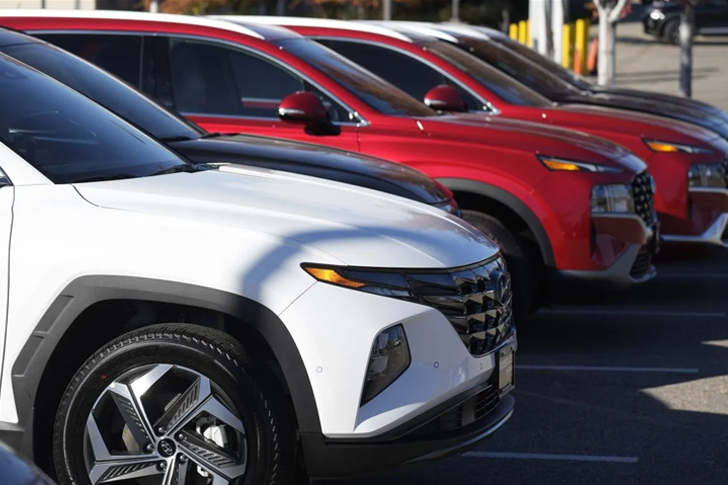Your Path to a Cheap New SUV: Leftover Models
Purchasing a brand new leftover SUV can be a smart way while still enjoying the benefits of a new vehicle. These are models from the previous year or earlier that dealerships have not yet sold, often available at significant discounts. This is a comprehensive guide on how to find and buy these vehicles, ensuring you get a great discount on a brand new SUV.

Understanding Leftover Models
Leftover models are new vehicles from previous model years that remain unsold as dealers make room for newer inventory. These vehicles are often identical in quality to the latest model year but are sold at reduced prices to clear dealership lots.
Step 1: Identify Potential Models
Start by identifying which SUV models were updated or redesigned for the current year; the previous versions are likely to be sold as leftovers. You can find this information on automotive news websites, or by visiting manufacturer websites to see which models have been recently updated.
Step 2: Research Pricing and Availability
Once you have a list of potential leftover SUV models, research their pricing and availability. Websites like Edmunds, Kelley Blue Book, and TrueCar can provide valuable data on the fair market value of these SUVs. This research will help you understand the expected discounts and prepare you for negotiations.
Step 3: Locate Dealerships with Leftover Inventory
To find dealerships with leftover inventory, you can:
- Call local dealers to inquire directly about any leftover SUV models on their lot.
- Use online inventory search tools available on dealership websites to filter for older model years.
- Check larger automotive shopping sites that aggregate inventory from multiple dealerships.
Step 4: Time Your Purchase
Timing is crucial when buying a leftover model. The best times to buy are:
- End of the Calendar Year: Dealerships are eager to meet year-end sales targets and clear out old inventory.
- End of the Model Year: When new models start arriving, dealers are keen to sell off the previous year’s stock.
- End of the Month or Quarter: Sales managers often have quotas to meet, making them more likely to offer better deals during these periods.
Step 5: Compare Incentives and Financing Offers
Manufacturers often provide special incentives for leftover models, such as cash rebates, low-interest financing, or lease deals. Compare these incentives among different dealerships and models to find the best financial option. It’s also wise to secure pre-approved financing from a bank or credit union as a comparison point.
Step 6: Test Drive and Inspect the Vehicle
Even though you’re buying a new SUV, it’s important to conduct a thorough test drive and inspection. Check for any deterioration due to the vehicle sitting unsold, particularly in terms of battery and tires. Verify that all technological features are up to date and functioning as expected.
Step 7: Negotiate the Best Deal
Armed with your research on fair pricing and available incentives, negotiate confidently. Be prepared to discuss the vehicle’s age and any minor issues it may have as leverage in your negotiations. Also, don’t forget to inquire about additional dealer fees and ensure they are justified or waived.
Step 8: Review and Complete the Purchase
Carefully review the sales contract to ensure all terms are as agreed, including the price, warranty, fees, and any dealer-added options. Once satisfied, you can complete the purchase and enjoy your new, affordable leftover SUV.
Conclusion
Buying a brand new leftover SUV is an excellent way to get a high-quality vehicle at a lower cost. With the right approach and timing, you can leverage unsold inventory to your financial advantage, combining the benefits of new-car ownership with significant savings.







Recent Comments